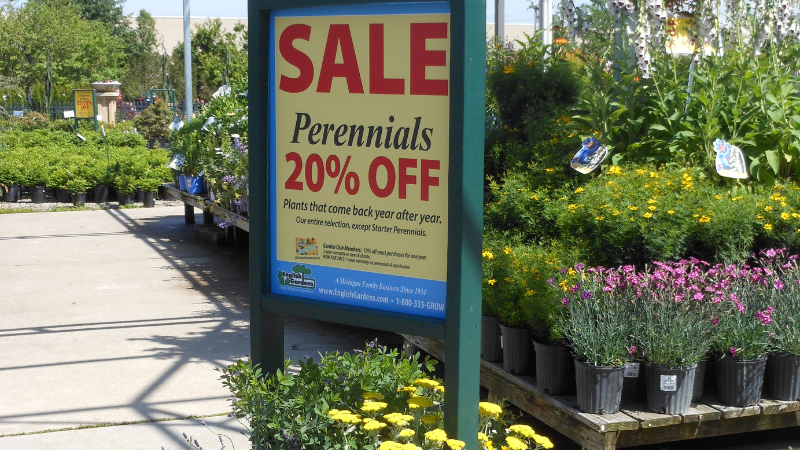
Revamp Your Retail Series: Pricing products
For additional reading, check out Parts 1 and 2 of this series:
Revamp Your Retail Series: Merchandising
The first in a five-part series, this article shares findings from research studies that can help garden retailers revitalize and refresh their retail environment.
Revamp Your Retail Series: Signage
The second in a five-part series, this article shares research findings that can help garden retailers generate more sales through store signage.
Pricing products is both art and science. It may be a challenge for some businesses, but pricing is a topic every management team should discuss at least once or twice a year. While pricing can be a game of chess, most of us can learn how to move the pieces and develop some skill in moving pieces around the board to win a few rounds of chess. Here are some key considerations when pricing products at your garden center.
Cost Versus Price
The first (but certainly not only) consideration is cost. Far too many people don’t have a good idea of their real costs. Are you keeping track of all product and service costs, including labor and overhead? How much detail do you have for each item? When a product is purchased as a finished product and is ready to sell, tracking costs is easier than if a retailer is growing products. In both instances, it takes a commitment to track costs, then making the decision to track costs in as much detail as possible and making the investment of time.
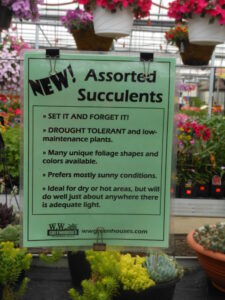
No one person has the perfect system for tracking costs; one of the hardest parts is getting started. Pick three or five key products and begin with them. If 6-inch annuals or 24-inch baskets are key products for you, that’s where you should start calculating costs. If you are growing your own products, be sure to include labor, as that is likely the greatest contributor to cost.
Make an effort to revisit those costs at least twice each year, working to put more detail into them. Still, some retailers stop at calculating and only use a formula, sticking to that for a markup. They are missing the other pricing considerations!
Perceived Value
Another consideration retailers should use to set prices is the perceived value of the product to the customer. Consider the five dimensions of value (Sheth et al., 1991): functional, conditional, social, emotional and epistemic value. Functional value is how well something does its job. Butterfly weed (Asclepius) is great for attracting pollinators — it has high functional value compared to many other plants. Maple trees (Acer) make great shade. Conditional value is the symbolism or meaning of a product; for example, red roses represent love to most of us. Social value is how the product makes us look from the perspective of others who are socially important to us. If our friends have succulents in their apartments, we can look cool if we do, too. Epistemic value is the novelty or sensory value. Is it a new color of carrot? Is it a fragrant plant? If yes, then it has higher epistemic value.
Last is emotional value. There is plenty of research showing the positive feelings that plants can help us have and the stress that plants can help mitigate. Yet when some retailers set prices, they don’t think about all these components of perceived value. All of the dimensions of perceived value can’t be calculated in cost accounting but are extremely important in setting a price.
Most savvy marketers agree that people buy benefits, not features or characteristics of products. Consider the perceived value of an item. If it’s new or novel, this is the time to experiment with the upper limit of pricing. Set a relatively high price for those new, novel or limited-inventory items. If you have a good P.O.S. system, it’s easy to reduce the price of an item without putting it on sale. Experiment with a few products every year. If you sell out too quickly, it was probably priced too low at the start.
It is much easier to raise prices on products that are easily differentiated (perceived as being different). This is one of my big concerns with pricing all container sizes at the same price point. We are giving up the perceived value dimensions and the real product benefits and telling the consumer that the value lies only below the rim of the container. Sure, it makes life easier for labor (which is hard to find and retain), but we cannot remain as profitable and financially sustainable if everything is priced by container size.
Product Differentiation
Third, consider product differentiation as a way to increase perceived value. Charlie Hall, Marco Palma and I conducted a pricing study several years ago. With the assistance of some high-caliper retailers, we devised a study to examine price elasticity or, more simply: How much does demand rise or fall when we decrease or increase prices? We had them really go against convention and, rather than decrease prices over this selling period, we asked them to increase prices over the selling period. This was over a period of four weeks, especially during their busy season.
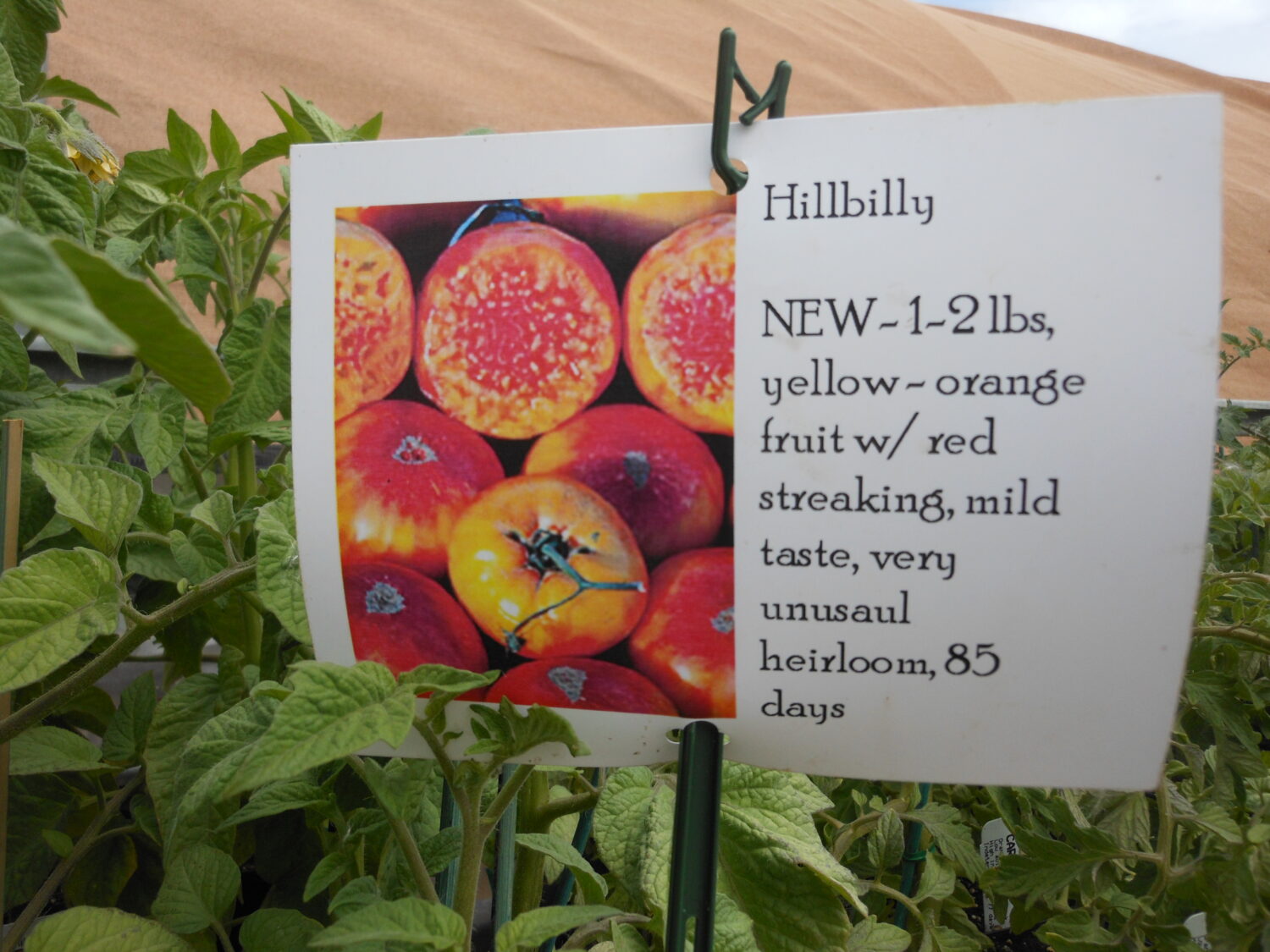
We conducted this study on a range of plants that included some roses, annuals, perennials, some shrubs, and vegetable and herb transplants. We had a great deal of data to examine the impact of this price increase, particularly when we knew that the prices of other products — or at least the perception of the prices of other products — was going to be going down over the study period. What were the results?
The really good news was that when we raised prices by 10% per week, despite selling 8.27% fewer units, total revenue was actually up 2.3%. In other words, even though we sold fewer units, the increase in price enabled the retailers to sell about 2.3% more in terms of overall revenue. We increased revenue even though we decreased the number of units. Wouldn’t you like to earn more revenue and work less hard?
Communicating Price
Fourth, consider how to communicate price. After outlining the five dimensions of value, retailers should be able to see that consumers buy benefits, not features. They place greater value on products that they perceive have higher value. But what piece of information commands the most attention on many retail signs? Price. In some recent research conducted at Michigan State University, we showed that consumers physiologically see prices faster when they are on the left compared to the right side of the sign or display. One reason for this is because, in our American culture, we read from left to right. (See the March issue or visit lgrmag.com/article/revampsignage for more.)
We were also able to show that higher prices are seen faster compared to lower and moderate prices. That high price cue literally commands people to look at it! However, in a separate study, we showed that selling plants at a premium price is more likely to happen if benefits are communicated more than features (Zhu et al., 2017). We were also able to show that at a low price point (a sale price, for example) that the price alone helped increase the likelihood to buy. So, as retailers strive to nudge up prices for plants and other products, consider placing price to the right and in a smaller font to give customers the opportunity to see and read about several benefits. Only make the price the headline when products go on sale.
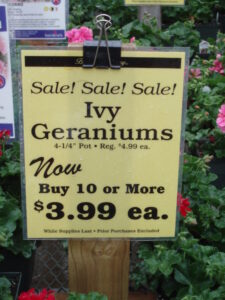
My team also investigated the role of “sale” font size and color, in addition to sale price, on purchase intentions of live plants (Behe et al., 2020). We showed that price was the second most important product attribute relative to plant type, “sale” font color and size and sale price representation (e.g., regular price, percentage off, or multiple unit sale pricing). We show there was a synergistic effect of “sale” font size and color such that when a red and larger font was used to communicate the word “sale,” it was noticed faster compared to a black font that was a similar or smaller size. Retailers will sell more units at buy one get one (BOGO) compared to 50% off.
The Psychology of Pricing
Another consideration in pricing is the psychology of pricing. Ending prices in odd numbers, especially nine, can be attributed to a few causes. The human brain makes a shortcut to process $9.99 as $9, not $10. In the pre-cashless society, consumers believed they were getting change back from $10 if an item was priced at $9.99. Psychologists will also tell us that numbers facing left (3, 5, 7, 9) are preferred over numbers facing right (2, 4, 6) and so consumers like odd numbers more than even numbers. Holdershaw, Gendall and Garland (1997) studied prices in supermarkets and showed that most ended in either 9 (60%) or 5 (30%). Using 9 rather than 7 or 5 adds two to four cents to the profit margin, so 9 is the best option for ending prices.
Retailers need to begin by considering costs, but also need to factor in the five dimensions of perceived value. The more perceived value a product has, the greater its price should be. We should charge more for new or novel cultivars and plants that are fragrant; they have higher epistemic value compared to older or non-fragrant cultivars.
Communicating prices is another artful consideration. Creating differentiation, through the use of brands and in other ways, can also help to increase the perceived value. Higher prices need to go to the right and on the bottom of signs and displays. Lastly, consider the ending digits. Using the number 9 will help you capture a maximum profit while using a psychological shortcut most of us use when we look at a price.
References
Behe, B.K., Knuth, M.; Huddleston, P.; Hall, C. 2020. Consumer Perceptions of Sale Signs and Prices in the Retail Garden Center. J. Env. Horticulture, 38(4): 120–127.
Holdershaw, J.; Gendall, P.; Garland, R. 1997. The widespread use of odd pricing in the retail sector. Marketing Bulletin 8(1):53-58.
Sheth, J.N.; Newman, B.I.; Gross, B.L. 1991. Why We Buy What We Buy: A Theory of Consumption values. J. Business Research 22(2):159-170.
Zhu, Z.; Behe, B.; Huddleston, P.; Sage, L. 2017. How do Pricing and the Representation of Price Affect Consumer Evaluation of Nursery Products? A Conjoint Analysis. International Food and Agribusiness Management Review. 20(4):477-491. DOI: 10.22434/IFAMR2017.0003
For an enhanced reading experience, view this article in our digital edition.


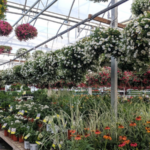



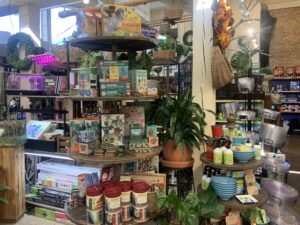
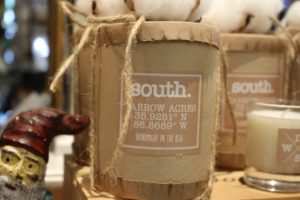
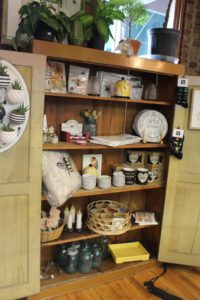
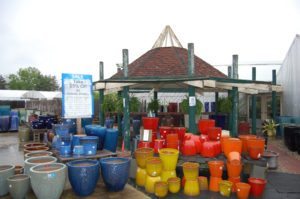
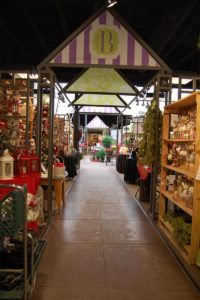
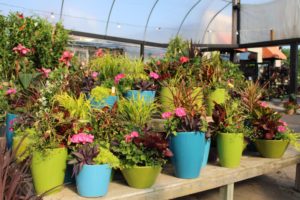
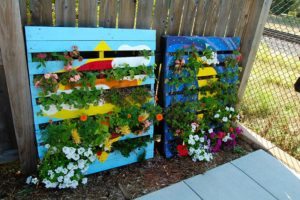
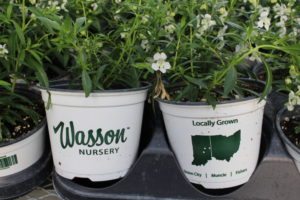
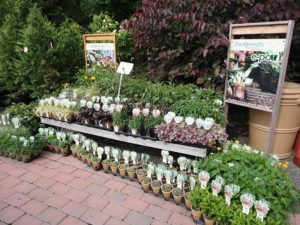
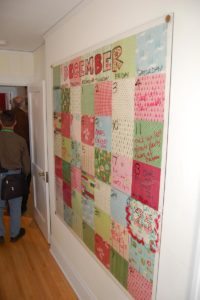
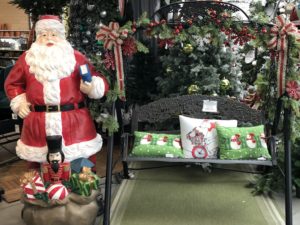

 Videos
Videos





